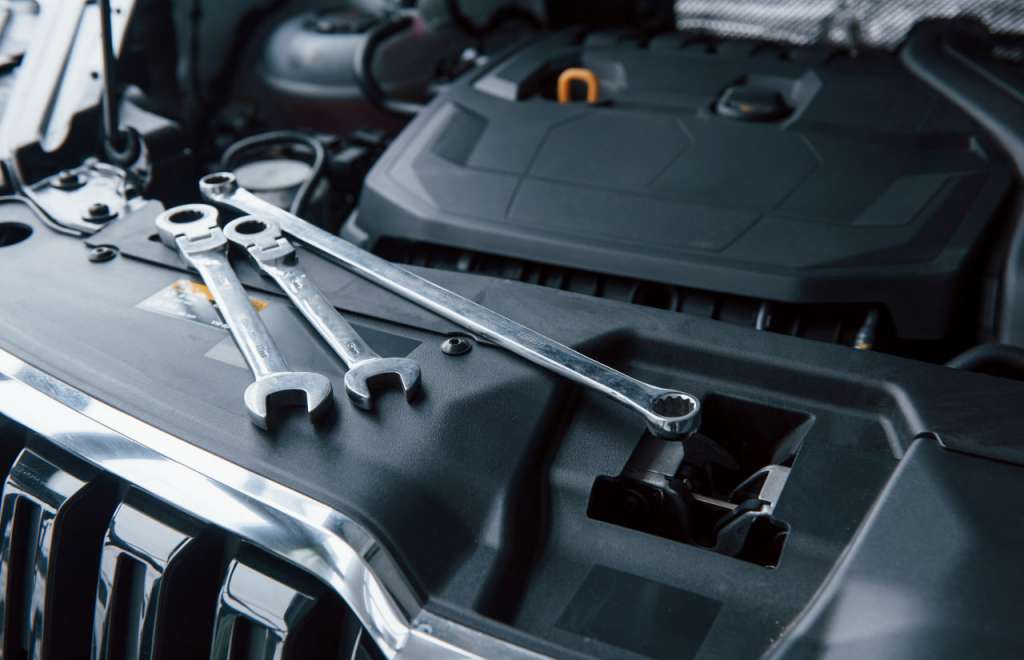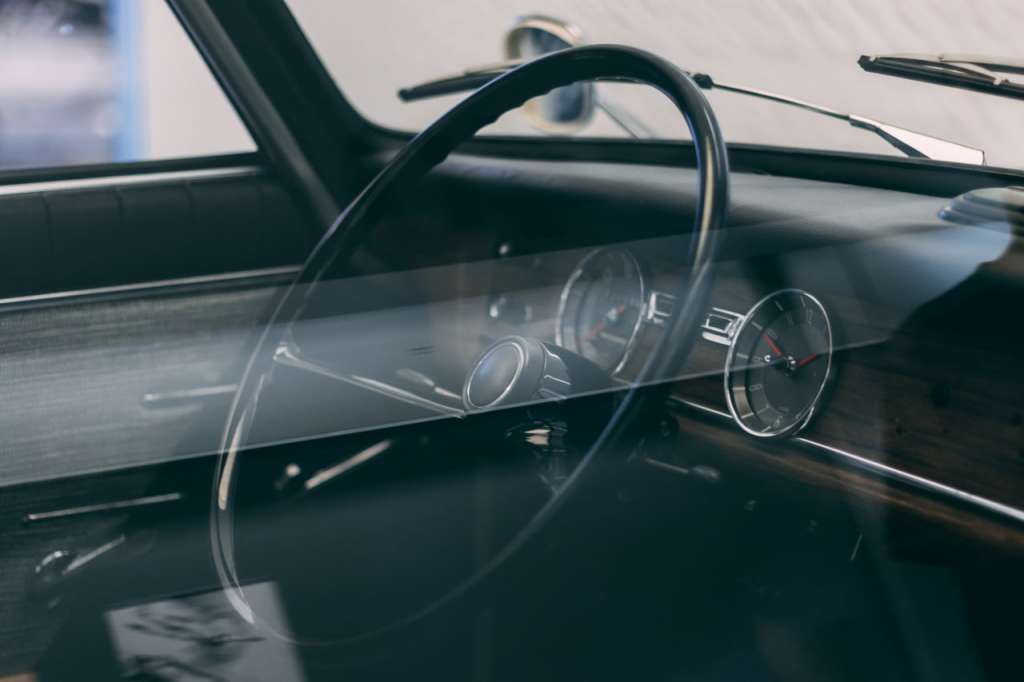When choosing and buying a car today, any person primarily looks at the VIN number or requests it from the potential seller. This is understandable and justified. This combination of characters allows obtaining a lot of information about the car. To do this, you should use VIN decoding services, fortunately, there are plenty of them on the Internet.
However, this is far from all that allows you to learn about the purchased vehicle. And this information may turn out to be much more useful and relevant than the standard set of body type, engine, or gearbox. For example, if you use our service, you can find out data about previous owners, cross-border movements, dates of registration with the traffic police, and most importantly, whether there were any serious road traffic incidents.
Are the body number and VIN code the same thing?
As we can see, we're talking about a fairly serious and important source of information. However, there is one unpleasant aspect here. The thing is, there may also be a separate number in the car that relates exclusively to the body. If you enter it into specialized VIN services, naturally, you won't get any information about the vehicle. For this reason, it is crucial to understand the difference between the VIN code and the body number. A clear understanding of what you're dealing with will ultimately allow you to obtain exactly the information you would like to see.
Key Differences between the Body Number and VIN Number
In this regard, it makes sense to mention the following most significant points:
- Length: The body number can vary from 9 to 12 characters, while the VIN is strictly composed of 17 letters and digits (if we don't consider very old, rare models where the VIN may have a different length; we are primarily referring to modern cars available on the automotive market). If you see a combination of a different number of characters, it should at least raise certain suspicions.
- Content: The body number typically includes only two main points: where and by whom the body was produced. The VIN number contains much more information, including information about the body itself. This is why in the vast majority of cases, the VIN code and the body number are different only when the body construction is frame-based and can be easily replaced if necessary. If the body is integral and not easily replaceable, then usually the VIN and body markings coincide.
Is the difference important?
Let's put it this way, even in the State Automobile Inspectorate (GAI), when reissuing documents for a car, employees don't particularly fuss about it. They easily specify the VIN as the body number without any issues. Unfortunately, such cases can be quite common in vehicle documents. This suggests that, in principle, there isn't much difference for inspectors. So why should there be for the owner?
On the other hand, for a principled GAI employee, such inconsistency could well be a reason for nitpicking, both legal and corrupt. And one should be prepared for this.
It's worth noting separately that in modern realities, almost all manufacturers have moved away from the practice of having separate numbers. The VIN becomes the sole marking identification element. And this is undoubtedly correct because it contains a lot of data about the car, including information about the body. So what's the point of duplicating it?
Where are they located?
The body number is usually located under the hood of the car, that's where you should look for it. The VIN is usually checked on the windshield in a special window in the lower right corner from the driver's side or on the body near the driver's side door.
Sometimes the number may be indicated in the trunk under the spare wheel compartment. But here it is quickly erased or simply rusts. This is especially relevant for relatively old cars.
What does the VIN code include?
In general, information can be divided into the following groups:
• the first three digits indicate the region of vehicle production (this could be France, UK, USA, etc.);
• then there are six characters responsible for the car's modification, its configuration, and also indicating the body type;
• then there is information about the year of manufacture, the exact manufacturing plant, and some other technical details.
A more detailed check VIN code can be obtained on specialized internet platforms.
Read also:
- How to check the car equipment by VIN code – an overview of the available options
- Checking a car without VIN code: nothing is easier if you have basic knowledge and access to the Internet
- How to decode the VIN number of a car: all the features of the individual vehicle identifier
In conclusion
It is important to understand that the body number differs from the VIN number. However, in practice, these differences are often overlooked, and even employees of the State Automobile Inspectorate (GAI) can confuse them. Moreover, global trends are leading to the abandonment of body numbers, at least for passenger cars. Identification of a specific car will strictly be done through the VIN.
By the way, some services today ask specifically for the VIN code – it is written in the information input box. But, in fact, if you enter the body number there, you may well receive the desired information. However, this is not always the case; sometimes websites have embedded code that determines the length of the entered character combination.
In general, try different options, especially on free platforms. On paid platforms, however, it's worth being careful not to waste your own, albeit small, amount of money unnecessarily.












